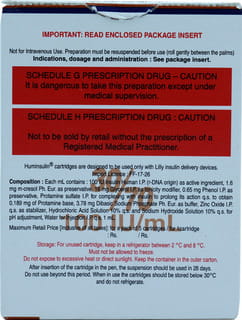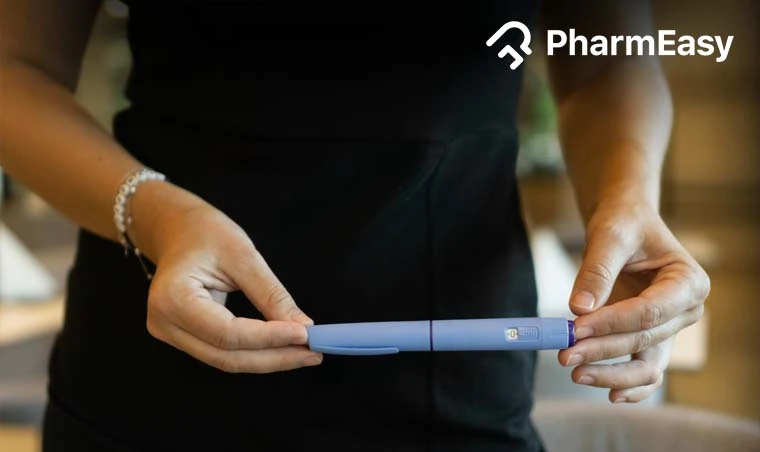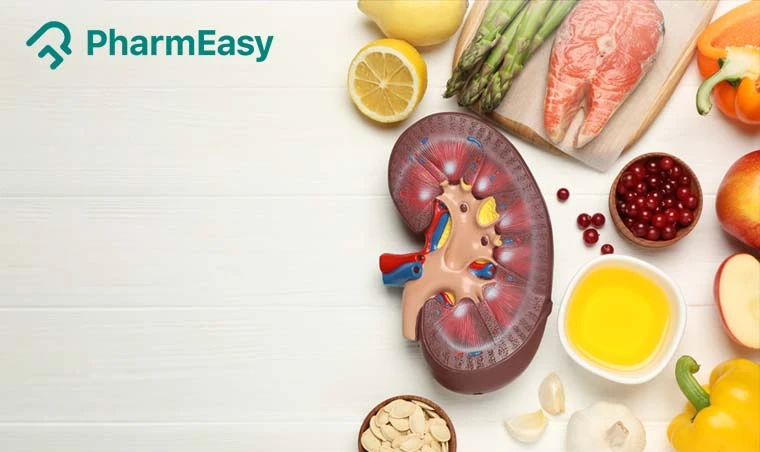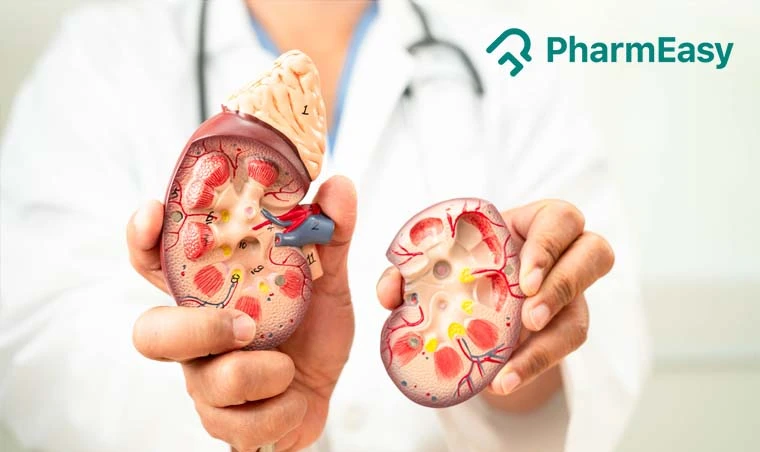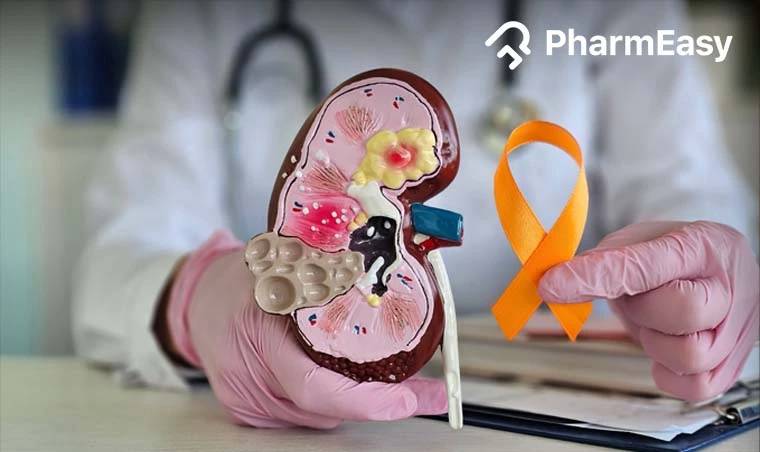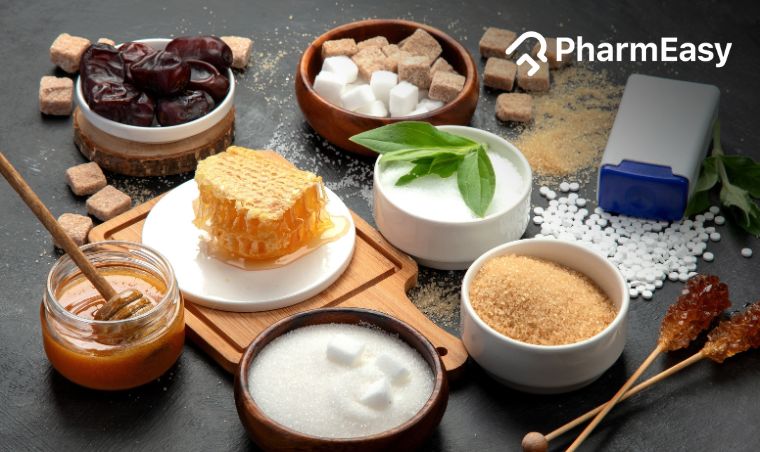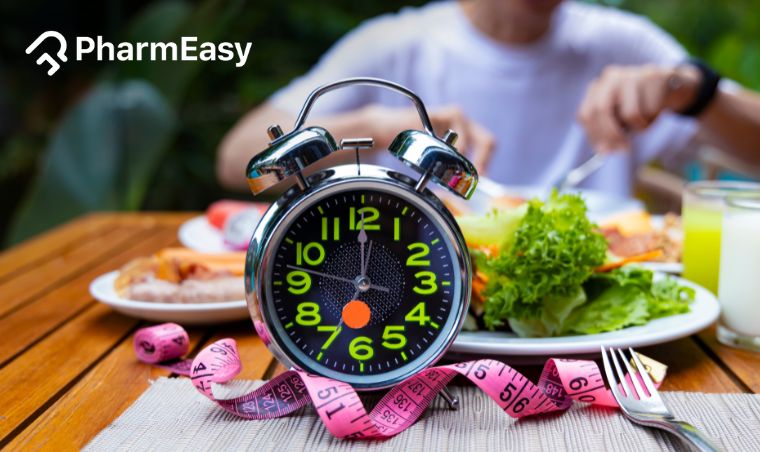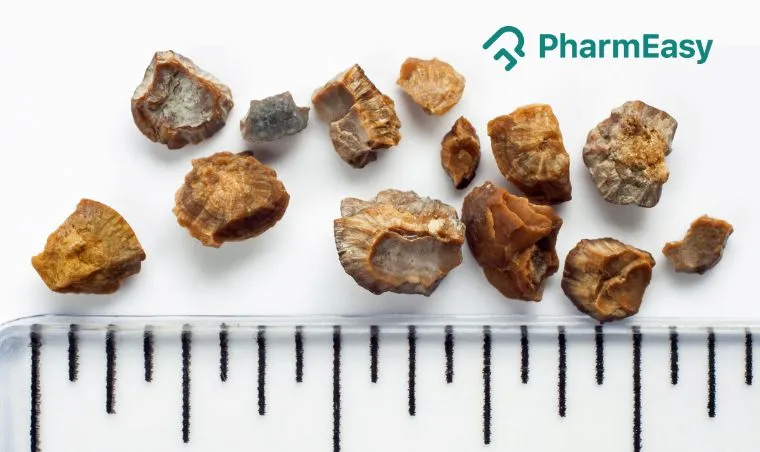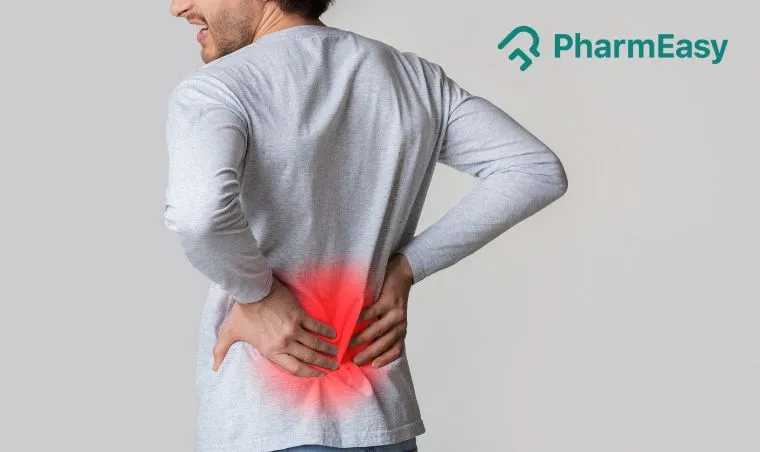Huminsulin 30/70 Cartridge of 3ml Injection
Description
Huminsulin 30/70 100 IU/ml Cartridge is a combination medication designed to manage diabetes mellitus in both adults and children, addressing both Type 1 and Type 2 diabetes. It contains two types of insulin: Insulin Isophane/NPH, which is an intermediate-acting insulin providing prolonged control, and Human Insulin/Soluble Insulin, which is a short-acting insulin with a rapid onset. This unique blend works together to ensure both rapid and consistent blood sugar control by facilitating the uptake of sugar from the blood by muscle and fat cells and by suppressing sugar production in the liver.
For optimal effectiveness, it is recommended to take Huminsulin either 15 minutes before a meal or within 20 minutes after starting a meal. The site of injection significantly affects absorption; injecting into the abdomen provides the fastest absorption compared to sites such as the upper arms, thighs, or buttocks. It is important to avoid massaging the injection site after administration. To prevent the development of hard lumps (lipodystrophy), patients should rotate their injection sites on a regular basis. The medication is administered subcutaneously, and a doctor or nurse will provide guidance on the correct procedure.
Consumption of alcohol is unsafe. Alcohol can dangerously lower blood sugar levels, leading to unexpected hypoglycemia. While generally considered safe for pregnant women, animal studies show low or no adverse effects; however, there are limited human studies available. Patients should never share their insulin devices to prevent the spread of serious infections.
The most common side effect is hypoglycemia, or low blood glucose levels. This can occur when the medication is taken alongside other antidiabetic drugs, with alcohol, or if a meal is delayed or skipped. Therefore, patients must always carry a source of sugar for immediate relief from hypoglycemic symptoms. Other common side effects include allergic reactions at the injection site, lipodystrophy (skin thickening or pits at the injection site), itching, rash, edema (swelling), and weight gain. Most side effects subside as the body adapts; however, any persistent or concerning symptoms should be discussed with a doctor.
Proper storage is crucial for maintaining the effectiveness of the medication. Cartridges must be kept in the refrigerator. Once the cartridge has been opened, it can be stored at room temperature for up to four weeks. The medicine should be kept in its original, tightly closed container and stored according to the instructions on the label. For disposal, unused medication must be handled securely to prevent it from being consumed by pets, children, or others.
Product Summary
| Offer Price | ₹412.72 |
| You Save | ₹103.18 (20% on MRP) |
| Contains | Human Insulin(100.0 Iu/Ml) |
| Uses | Diabetes Mellitus (Type 1 & 2) |
| Side effects | Low blood sugar level, light-headedness, pain at site of injection |
| Therapy | ANTI-DIABETIC |
Uses
Contraindications
- If you are allergic to insulin or any of the ingredients of this medicine.
- If you are suffering from hypoglycaemia (low blood sugar level).
Side effects
- Low blood sugar (Hypoglycaemia)
- Light-headedness
- Dizziness
- Mood disorder
- Nervousness
- Feeling hungry
- Visual disturbances
- Headache
- Skin rashes
- Pain, redness, swelling at the injection site
Precautions and Warnings
Pregnancy
Breast Feeding
Driving
Alcohol
Other General Warnings
- You have recurrent low blood sugar levels.
- You experience frequent fever and infections.
- You have conditions related to the liver and kidneys.
- You have thyroid disorders.
- You are switching to a different type of insulin.
- If you have pain, itching, or swelling at the injection site, be sure to change the site regularly.
- Avoid doing heavy exercise.
- You are planning to change your diet preferences.
- Always carry a piece of sugar candy with you.
- If you are taking insulin but not eating enough, your blood glucose could drop drastically.
- Be very careful about symptoms of low blood sugar, such as sweating, anxiety, rapid heartbeat, headache, intense hunger, restlessness, dizziness, and irritability. If you experience these, immediately consume sugar (avoid artificial sweeteners). Eat something as soon as possible. Do not take insulin under these circumstances. If symptoms persist, seek emergency medical help....
Directions for Use
- Take this injection as per the technique suggested by your doctor or nurse.
- This injection is to be taken under the skin of the thigh or upper arm or abdomen.
- Do not take this injection in the vein or muscles.
- Pull a skin, fold up to take this injection.
- Wait for at least 6 seconds before removing the needle from the injection site.
- Always rotate the site of injection, do not take concurrent injections at the same site.
Storage and disposal
- Store between 2°C to 8°C in the refrigerator.
- Do not freeze it.
- Keep it out of the reach of children.
- Do not open the carton of vials to protect it from light.
- Any unused portion should not be stored and should be appropriately discarded.
Dosage
Overdose
- Excess insulin will lead to low blood sugar levels, called hypoglycaemia.
- Symptoms like dizziness, fainting, sweating and tremors may be seen.
- If you have the blood glucometer with you, test immediately and confirm.
- Whether or not you test your levels, it is important to take some glucose water/juice/eat sugar or chocolates immediately and then rush to your doctor.
Missed a Dose
- A missed dose may lead to high blood sugar levels which can cause symptoms like feeling thirsty, excessive urination, loss of appetite, drowsiness, the fruity smell from breath, etc.
- If you have missed any dose of medicine, take it as soon as you remember.
- If it's time for your next dose then skip the missed dose and continue with your regular dose schedule.
- Do not take a double dose of medicine to compensate for the missed one as taking a double dose can cause a drastic fall in blood glucose which can be dangerous.
Mode of Action
How Does It Work?
- Insulin is crucial to allow the entry of blood glucose into each cell of the body.
- Inside the cell, this glucose is used as fuel.
- In type 1 diabetes mellitus, the body fails to produce adequate insulin.
- This leads to glucose accumulating in the blood and causes high blood glucose.
- This medicine lowers blood sugars by stimulating glucose uptake by cells, tissue and muscles, especially by skeletal muscles and fat and by inhibiting glucose production by the liver.
Interactions
Interactions with other medicines
- You may have symptoms of low blood sugar if you are taking other medicines for diabetes, mood disorders (fluoxetine), medicines for fever and pain (salicylates), ramipril, lisinopril.
- You may have high blood sugar if you are taking oral contraceptives, thiazide, steroids, thyroxine, medicines used to treat severe diarrhoea and abnormal growth of body organs like octreotide, lanreotide....
- If you are taking the medicine pioglitazone to treat diabetes, be cautious, as some cases of heart attack and heart failure have been reported.
- Some medicines block your body's response to low blood sugar, so you may not experience symptoms like headache, hunger pangs, sweating, mood disorders when your blood sugar drops. This can lead to a serious fall in blood sugar. Inform your doctor if you are on medicines like Betablockers (Metoprolol, Propranolol, Atenolol), Clonidine, Guanethidine and Reserpine....
Interactions with food items
- This medicine is to be taken 15 minutes before meals or after meals.
- Maintaining a constant meal pattern is advisable when you are taking insulin.
- Avoid skipping or delaying meals when you are taking insulin.
Content Details
Dr. Mansi Savla
B. Pharm, PharmD
Dr. Ritu Budania
MBBS, MD (Pharmacology)
Frequently Asked Questions (FAQs)
Q: What food items I should avoid as I'm a diabetic?
- Avoid maida, white bread, noodles, corn flakes, poori, biryani, naan, fried rice, etc.
- Avoid custard apple, mango, jack fruit, fruit salads with ice cream, fruit-based desserts.
- Avoid cheese, milkshakes, ice creams.
- Try to avoid pork, beef, soft drinks, sugarcane juice, sweetened health drinks and beverages.
Q: Can I stop taking Huminsulin 30/70 100IU/ml Cartridge 3ml if I am feeling uncomfortable after taking this medicine?
Q: Why should I always change the site for taking this injection?
Q: What other lifestyle modifications do I need to consider to manage diabetes?
- Diet should include chapatis, multigrain bread, puffed rice with vegetables, sprouts, roasted grams, plain cooked daal, soups, steamed vegetables, cooked vegetables with less oil, Jamun, orange, guava, apple, watermelon, papaya, cow’s milk, curd, thin buttermilk, fish (grilled, baked or steamed), peanuts, cashew nuts and walnuts (handful)....
- Limit sugar intake.
- A brisk walk daily for 30 minutes.
- Exercise regularly.
- Monitor your blood glucose regularly.
- Take your anti-diabetic medication on time.
Q: I experience low blood sugar levels often, what could be the possible reasons?
- Risk factors for developing low blood glucose levels include taking too much insulin, not taking adequate meals or missing meals, too much alcohol consumption, fever and too much exercise.
- Some medicines, when used with insulin can result in such episodes as other anti-diabetic medicines like glimepiride, medicines used for fever and pain (salicylates), ramipril, etc.
- Report to your doctor about these episodes. You may need a dose adjustment.
Q: I am breastfeeding my newborn, can I take this injection?
- This injectable is found to be safe for use during the breastfeeding stage. It is advised that you consult your doctor before use as your dose needs to be adjusted.
Q: Can Huminsulin 30/70 be mixed with other insulins?
Q: What are the possible side effects of Huminsulin 30/70?
Q: How should I use Huminsulin 30/70 Cartridge?
References
- NOVOLOG MIX 50/50 [Internet]. Accessdata.fda.gov. 2021 [cited 29 June 2021]
- Insulatard 100 international units/ml suspension for injection in vial - Summary of Product Characteristics (SmPC) - (emc) [Internet]. Medicines.org.uk. 2021 [cited 29 June 2021]
- Thota S, Akbar A. Insulin. [Updated 2023 Jul 10]. In: StatPearls [Internet]. Treasure Island (FL): StatPearls Publishing; [cited 12 Feb 2025]
- DrugBank. Insulin human [Internet]. 2025 [cited 12 Feb 2025]
- Kahn CR. The molecular mechanism of insulin action. Annu Rev Med. 1985;36:429-51.[cited 12 Feb 2025]
Did you find this medicine information helpful?
Please rate your experience
Other Products from this Brand
- HUMINSULIN 30/70 40IU VIAL OF 10ML INJECTION
- HUMINSULIN R 40IU VIAL OF 10ML SOLUTION FOR INJECTION
- HUMINSULIN 30/70 100IU VIAL OF 10ML INJECTION
- HUMINSULIN 50/50 40IU VIAL OF 10ML INJECTION
- HUMINSULIN NPH 40IU VIAL OF 10ML INJECTION
- HUMINSULIN R 100IU VIAL OF 10ML SOLUTION FOR INJECTION
- HUMINSULIN R 100IU CARTRIDGES OF 3ML SOLUTION FOR INJECTION
- HUMINSULIN NPH 100IU VIAL OF 10ML INJECTION
- HUMINSULIN N 100IU CARTRIDGE OF 3ML INJECTION
